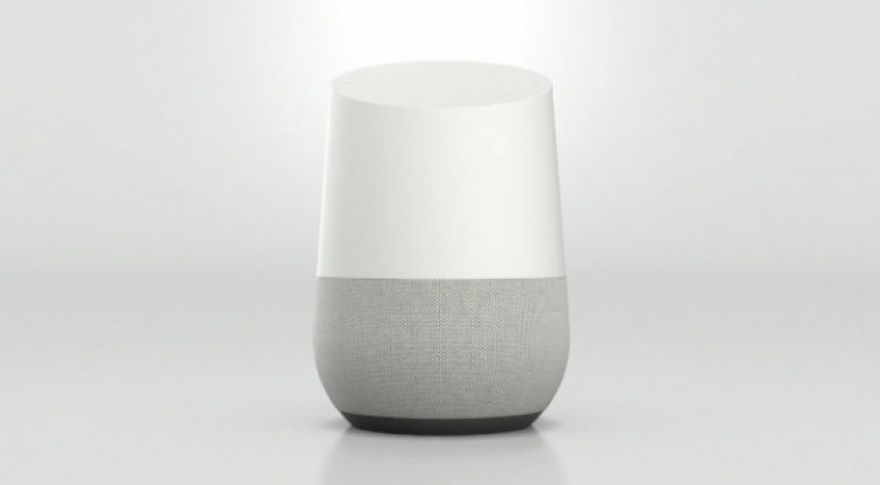
Google launched its hardware last year as a way to bring the Google Assistant into your daily life. Unlike Assistant on a phone, Home is designed for everyone to use, and it launched with various smart home integrations like Philips Hue lights and Nest thermostats. Google has been when it comes to voice recognition and control, but a small hiccup on Google’s end over the weekend is a reminder just how fragile a “smart home” platform can be. Beginning on Thursday or Friday and going through early Monday, Google Home became unresponsive to many users. Not everyone was affected, but those who were simply got an error message as soon as using the “OK Google” trigger word to wake up the device.
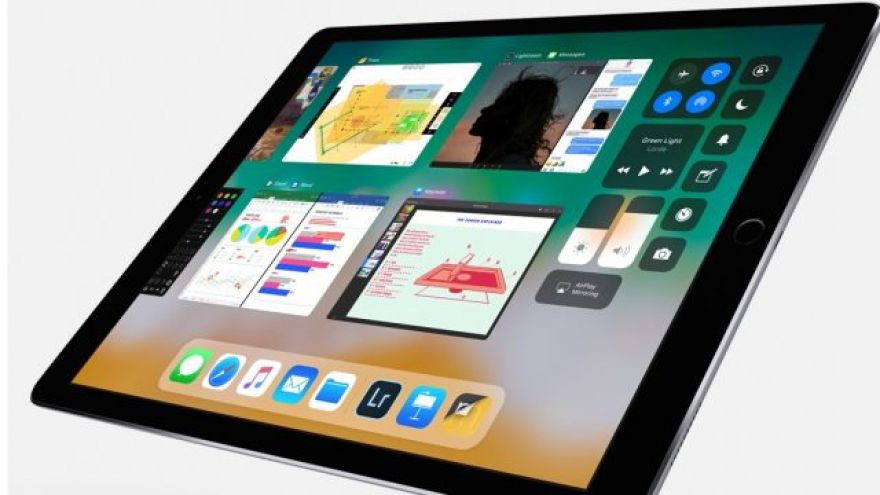
One of the advantages of Microsoft Windows is its generally excellent approach to backwards compatibility. Thanks to a mixture of virtual machine support and native OS capabilities, you can generally run x86 apps from any era in a modern system. There are exceptions to this, but backwards compatibility works very well, more often than not. Apple, in contrast, has been aggressive about its move to 64-bit compared with 32-bit, and it’s preparing to leave 32-bit software behind altogether with its upcoming iOS 11. Google has made some moves to shift to 64-bit only as well, though its overall level of deployment lags Apple in this regard, partly because of how long it takes Google devices to receive the latest version of Android in the first place.

When Apple gets into a market, it usually has something innovative to bring to the table. HomePod might be an exception, though. Apple announced this $350 smart speaker at WWDC to go up against Amazon Echo, Google Home, and Sonos Play 3. Despite the company’s insistence that , it all feels like too little too late to take on the growing smart speaker market. HomePod is a rounded cylinder about 7-inches tall (it looks like the “trashcan” Mac Pro). Inside is an array of seven beam-forming tweeter speakers and a larger subwoofer. The company says HomePod can adapt its speaker output to the room it is in, so feel free to put it on a shelf or in the corner — it should sound just as good.
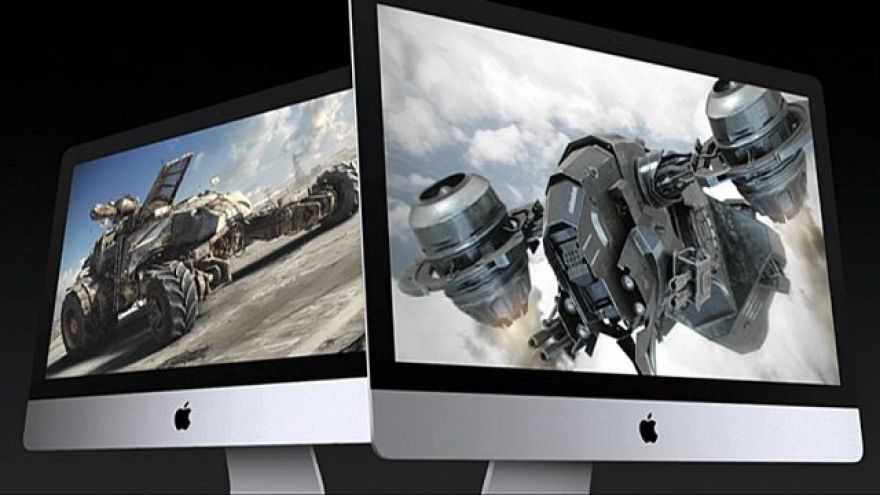
At WWDC today, Apple has finally unveiled its new iMac. All models receive upgrades to Intel’s 7th Generation Kaby Lake processors. They also get two Thunderbolt 3 controllers, brighter displays, much faster graphics, and USB-C ports for the first time. The new iMac displays feature 500 nits, are 43 percent brighter, and include 10-bit dithering and support for one billion colors. All 27-inch iMacs come with Fusion drives standard, and SSDs are of course optional; we would have preferred to see SSDs standard across the board, though we can see why some not-as-demanding customers would want more internal storage (up to 2TB) over sheer speed.

Curiosity has been exploring Mars since 2012, and has already traveled further than any other rover in history. Curiosity isn’t done providing fascinating insights into the red planet, either. A new analysis of data from the rover indicates that its landing site in Gale Crater was once a lake that . NASA has previously released data from that supports the idea that in Gale Crater (above). It has been drilling into rocks to study the chemical composition as it moves ever higher up Mount Sharp in the center of the crater. It has discovered all the elements essential to life as we know it, including carbon, nitrogen, oxygen, and phosphorous.
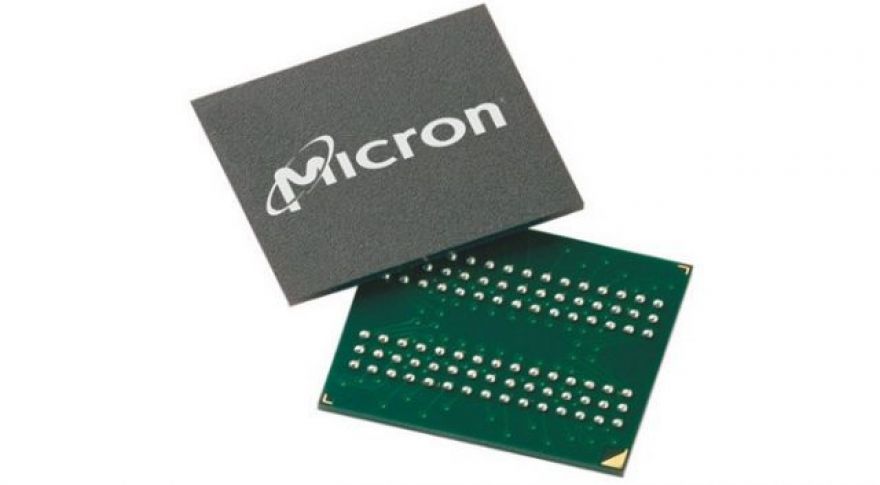
Over the last few months there’s been increasing interest in the extension of existing memory technologies, as promising 2.5D solutions like HBM2 have generally failed to appear in-market (at least, not at price points consumers can afford). Micron has been instrumental in extending the lifespan of technologies like GDDR5X and the upcoming GDDR6. The company recently published a blog detailing how it has extended both GDDR5X and intends to push into GDDR6. The memory manufacturer believes there’s substantial headroom left in both standards, with GDDR5X/GDDR6 pushing up to 16Gbps of bandwidth per pin by 2019, or double GDDR5’s current maximum data rate.
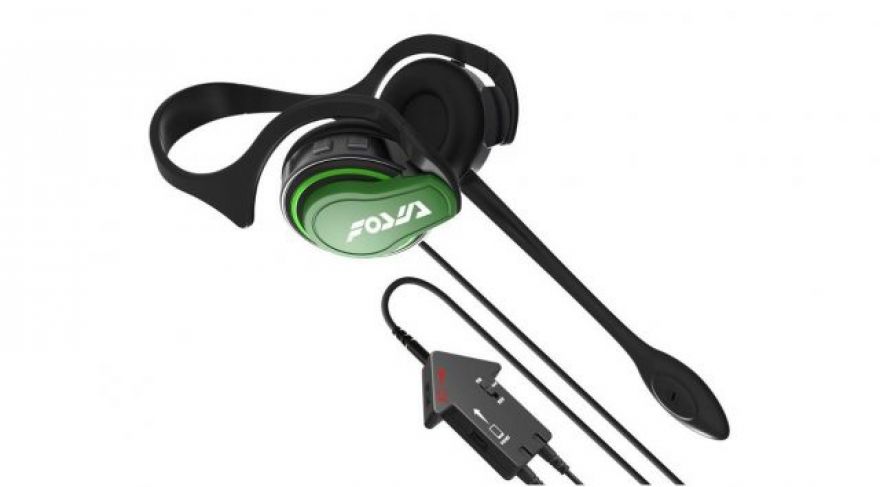
You’d think the question of how to connect headsets to game consoles would be a settled issue by now, given that voice chat has been a standard feature of Xbox and PlayStation games for years. Nintendo, however, has never supported such options in the same way. Prior to the Switch, voice chat was implemented on a per-game feature in selected titles. Earlier this year, Nintendo announced that it would use a smartphone app for many of its basic matchmaking and lobby functions, as well as for handling voice chat capabilities. The third-party peripheral manufacturer Hori a diagram showing how its new, Splatoon 2-themed headset will work, and the diagram isn’t exactly simple.

If you’re ready to make the jump, and start down the road to becoming a full-fledged programmer, you’ll want to seriously consider picking up today’s sale from StackSocial. For one low price, you can get seven online courses that will help you learn the ropes of Python. • (List price: $1176) Make the purchase, and you’ll get these seven courses: • Python Programming for Beginners (a $168 value) • Learn Python Django from Scratch (a $168 value) • Python Game Development: Create a Flappy Bird Clone (a $168 value) • Python Web Programming (a $168 value)
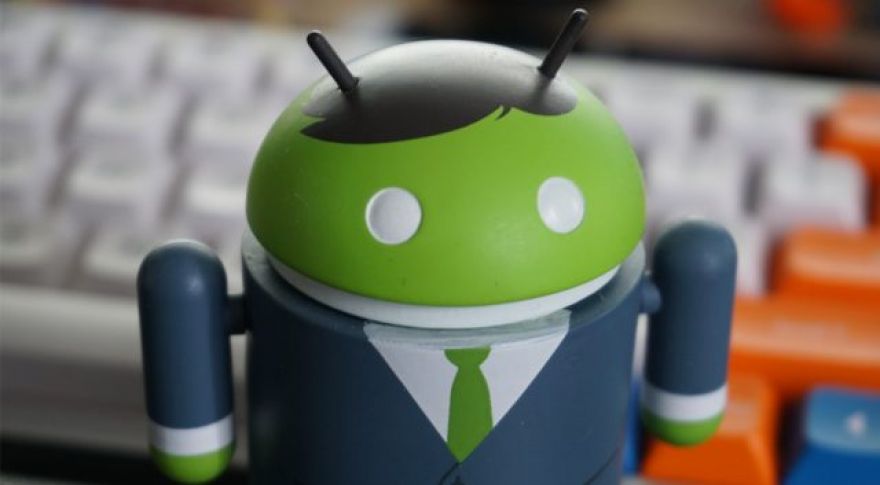
Android has a reputation for poor security, but that’s a result of past failings. Most security flaws you hear about now affect old builds of the OS, or require clever social engineering to get the user to weaken device security. The versions of Android being released now are vastly more secure than what Google was putting out years ago. In fact, no one has managed to claim Google’s largest bug bounties for Android. So, the company is to as much as $200,000. Google started the bug bounty program for Android about two years ago. It works just like other bug bounties the company has used for other products.









